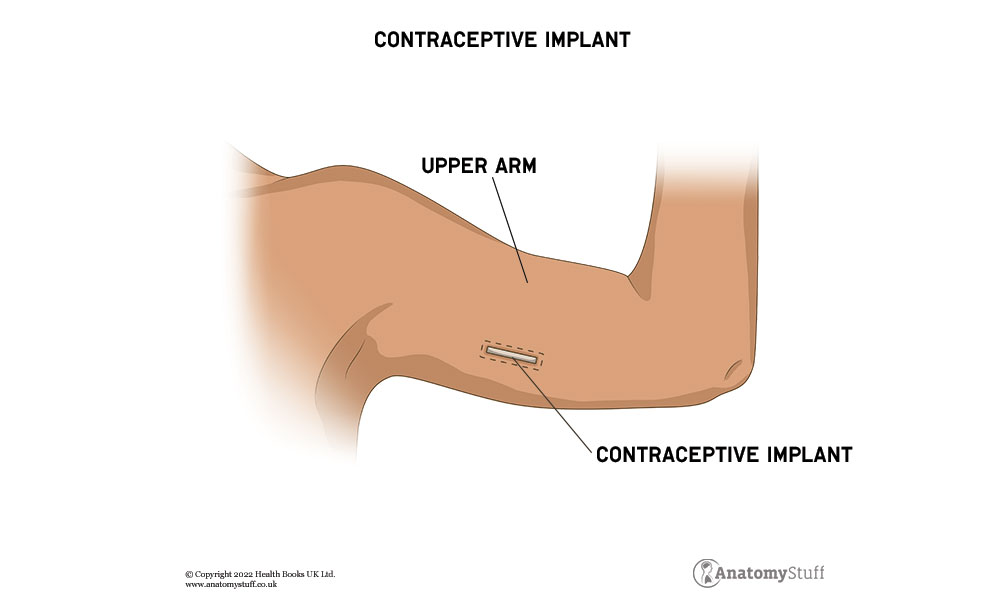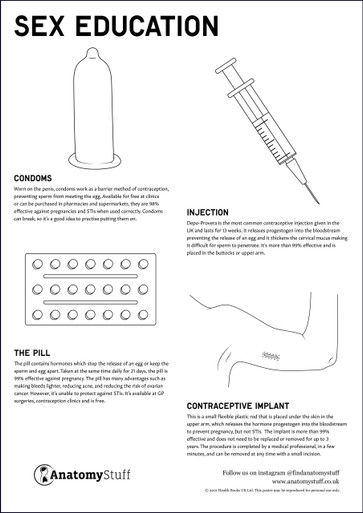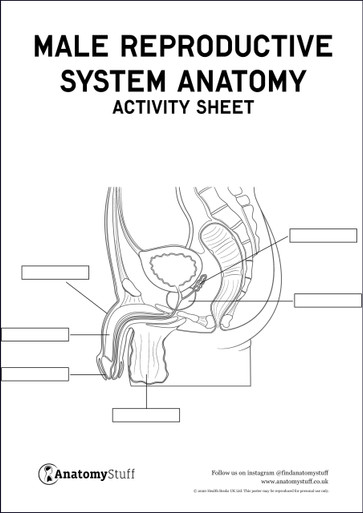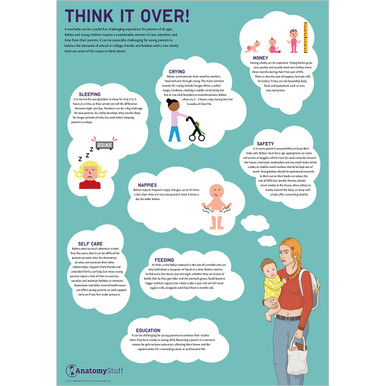Sex Education
What is Sex Education?
Sex education isn’t just limited to the sexual activity itself, that is, how to perform sexual intercourse, sex education caters to more than just the biological; it explores topics such as the importance of consent and how to establish healthy sexual relationships, all of which benefit young individuals later in their lives. Let’s briefly learn about each of these topics.
Consent always matters
Before engaging in any sexual activity, you should ask those involved whether they’re willing to engage in any sexual acts. And don’t assume that this is just a one-time task. You need to make sure that you and the other person involved are comfortable throughout. Remember, you have the right to revoke your consent; agreeing to a certain sexual act does not mean it has to lead to sex or that you are obliged to have sexual intercourse because you consented in the first place. Many young people don’t realise that being manipulated or emotionally blackmailed into saying yes to any sexual act is not consent. Worrying that you might upset the other person if you say no or if their behaviour forces you to say yes, your decision to choose is compromised. The concept of consent is so important that it is also taught at primary school, although applied to non-sexual situations. Ask, listen and respect is an effective technique that teaches individuals the importance of consent.
Better safe than sorry
Sexual health is one of the most important topics explored in sex education. Healthy sexual activity comes with certain precautions. Sexually transmitted infections or STIs, as they are more commonly known, unwanted pregnancies, especially amongst teens, and post-sex anxieties, are consequences of unprotected sex. To avoid transmitting sexual diseases and unwanted pregnancies, condoms (especially to avoid STIs) are important. There are other contraceptives aside from the physical ones, such as birth control pills to avoid getting pregnant.
Contraception
There are many methods of contraception around, it’s important to choose the one that suits you and your lifestyle best. One of the most important things to remember is to plan ahead, have access to the contraception you choose and seek medical advice before you start any method.
Types of contraception include:
The Condom – offers protection from STIs and unwanted pregnancy and is widely available. There are male and female condoms available.
Hormonal Birth Control – comes in pills, (progestogen-only pill and combined pill), vaginal rings, patches, implants, and injections of various hormones. These hormones stop the release of the egg so that fertilisation cannot occur. These are fairly effective with over 90% effective rate if used correctly but only protect against pregnancy, not STIs.
IUDs (Intrauterine Devices) – are small plastic devices inserted by a doctor or nurse into the uterus, with long-term protection.
Vaginal Contraception – caps or diaphragms are barrier methods and are inserted into the vagina before sex.

Which method is right for me?
This depends on your age, whether or not you smoke, medical and family history and any medications you are taking.
Always discuss your contraception decisions with a GP or sexual health professional.
Free PDF Downloads
View AllThe emotional side of sex
Just as learning about your body, consent, and safe sex is important, exploring the emotions surrounding sexual behaviour and relationships is equally important. Sex is not simply a physical act but an emotional one as well. Our emotions, what we feel about our partner(s) or how we view ourselves, the concept of love and intimacy, understanding others’ feelings, and respecting boundaries (sexual and general, too) all come under the emotional aspect of sex and teach individuals to build healthy relationships with others and themselves. Another very important topic is gender identity, and sexual orientation since young individuals begin to explore their gender identity and sexuality, which has to do with physical and emotional domains. These topics need to be taught in an inclusive, respectful, and empathetic manner
















